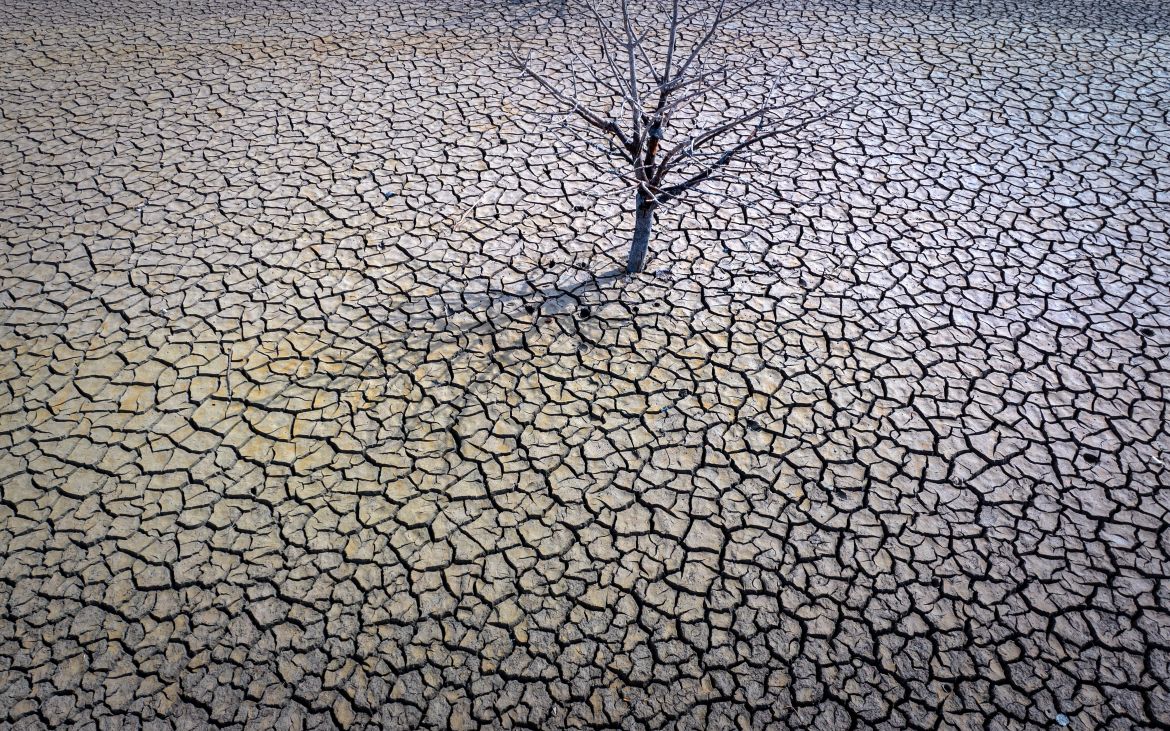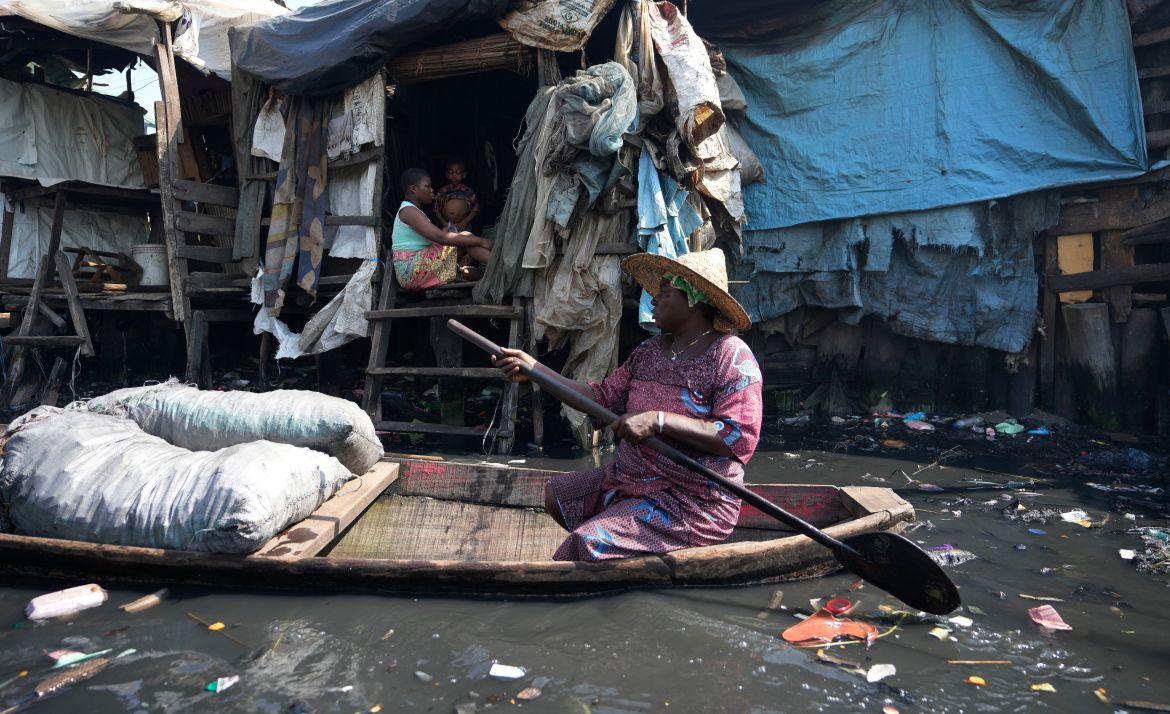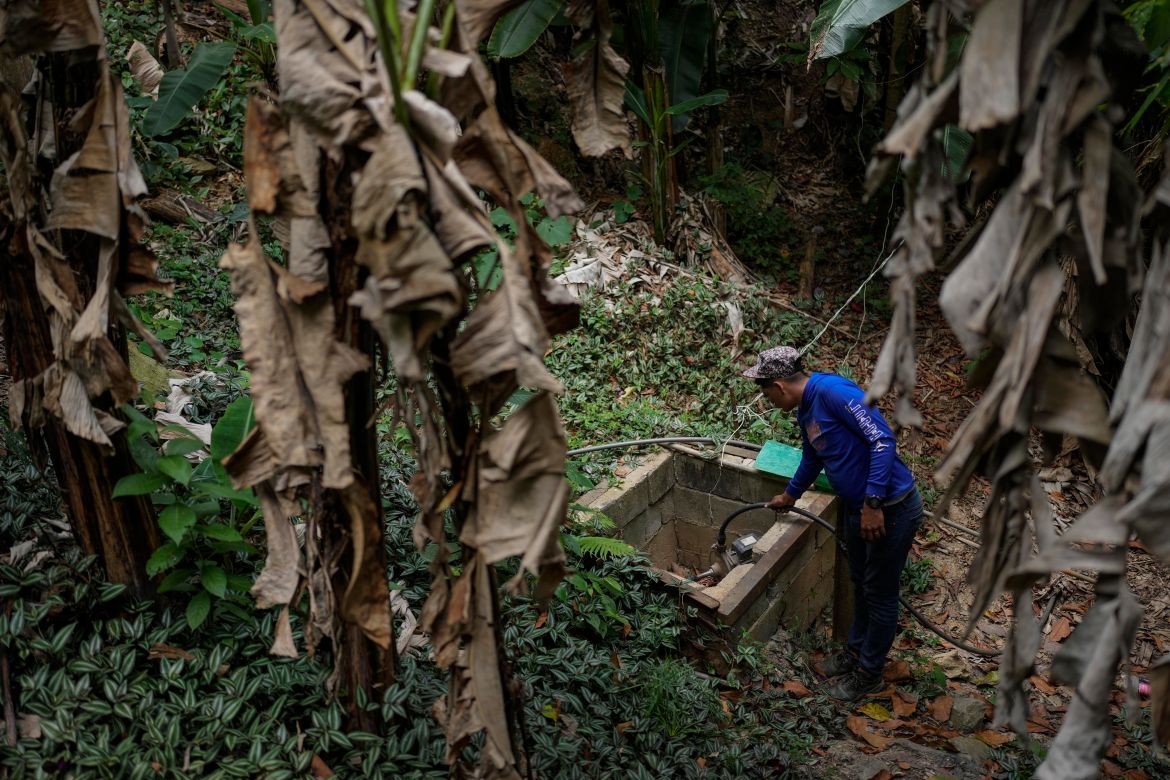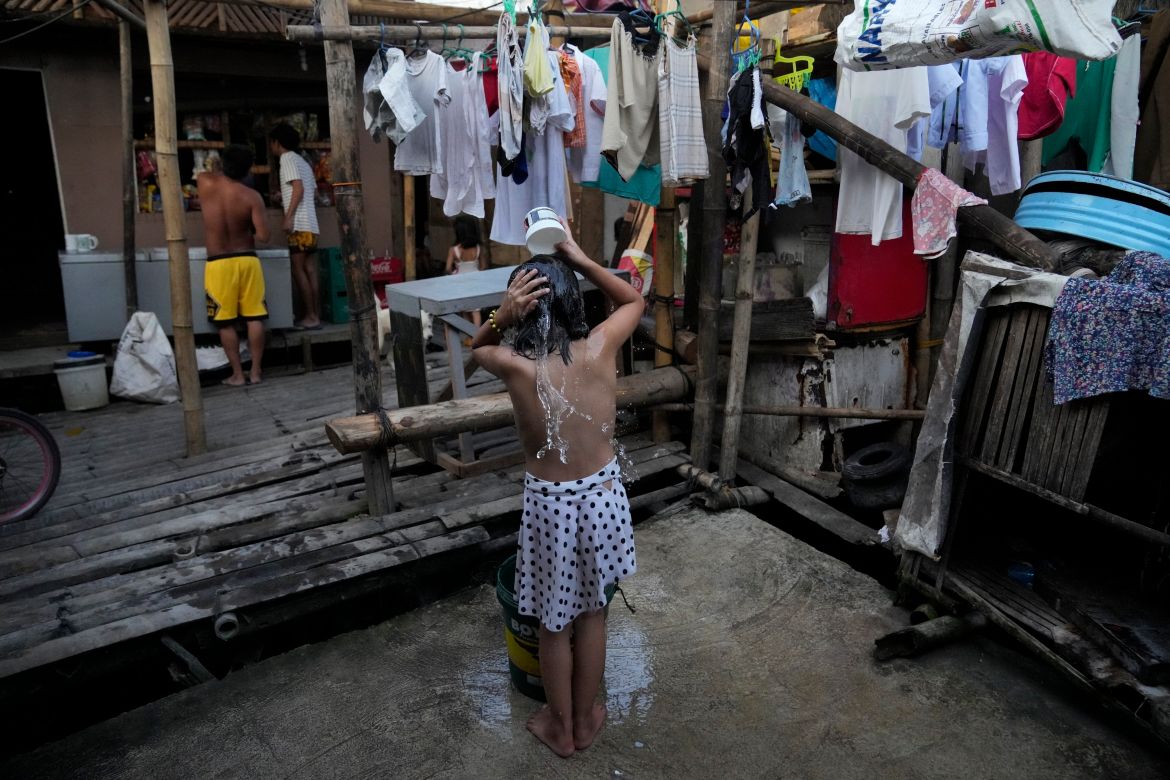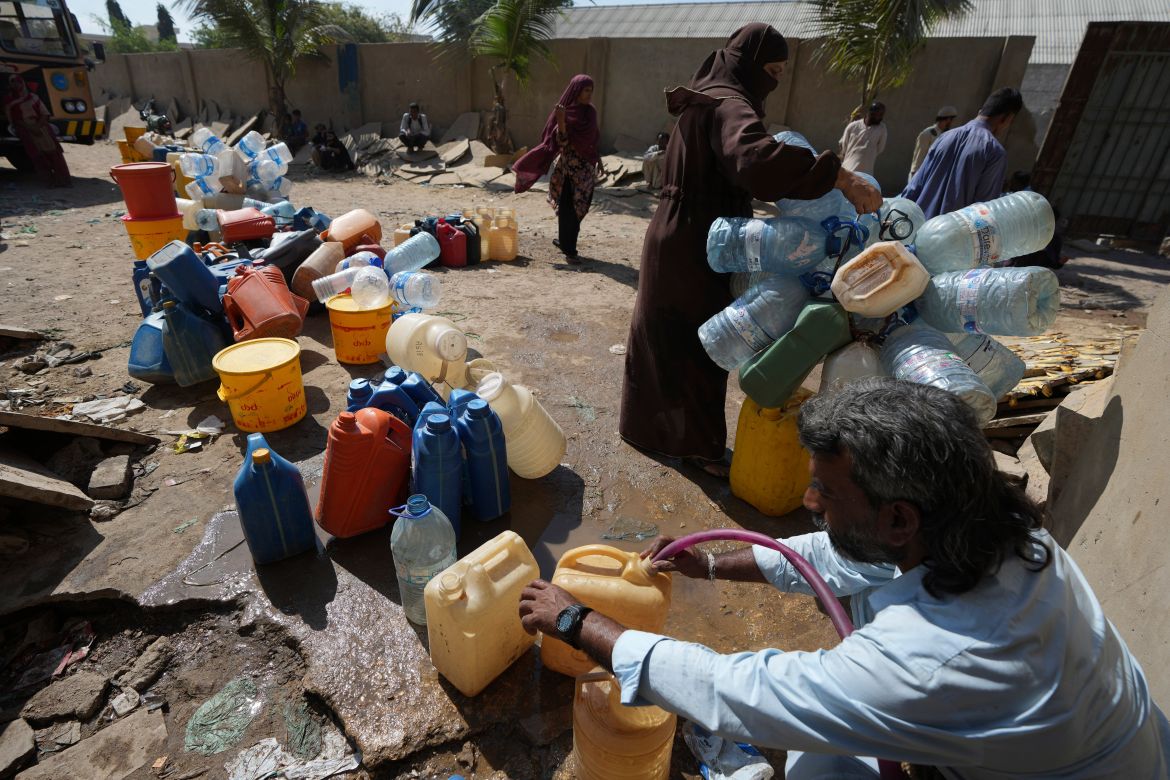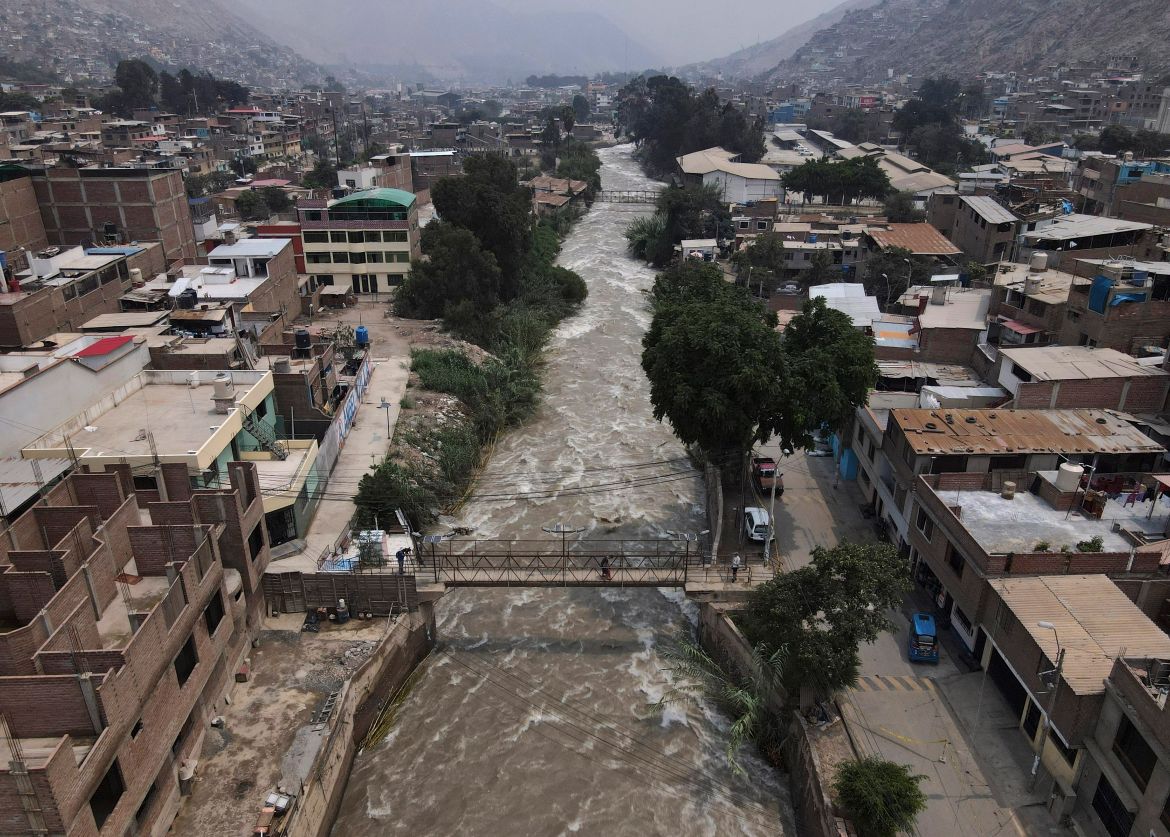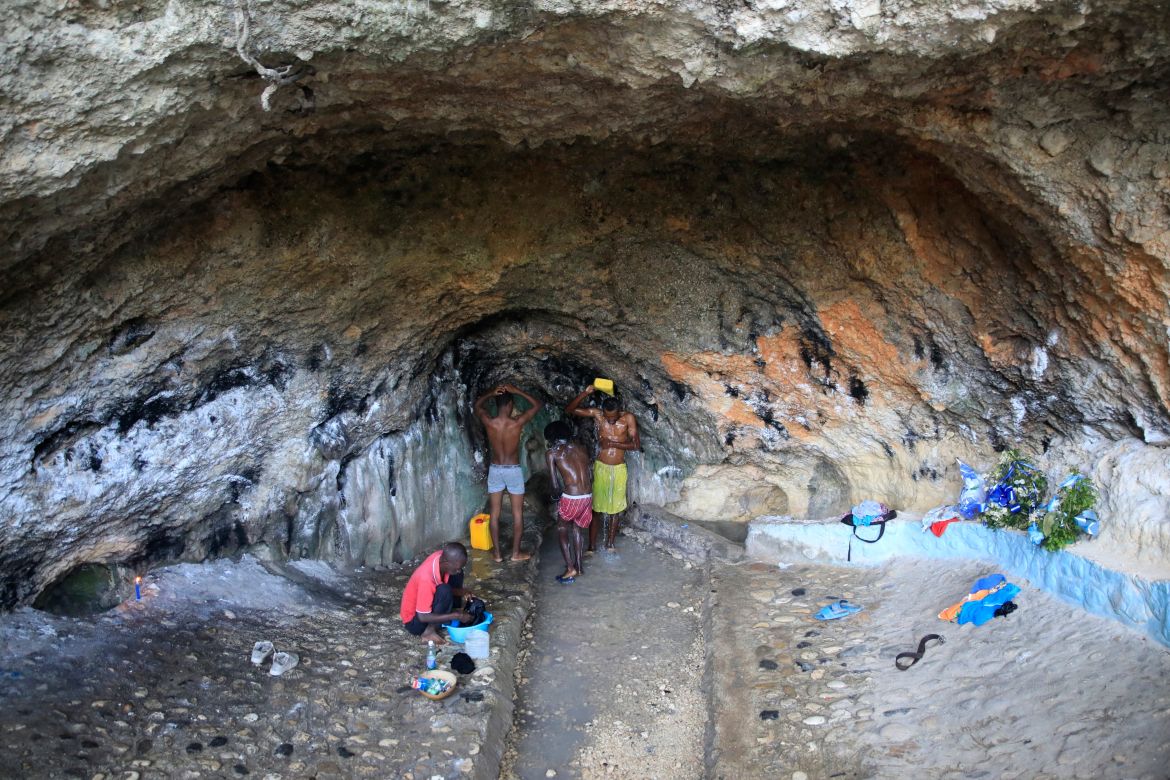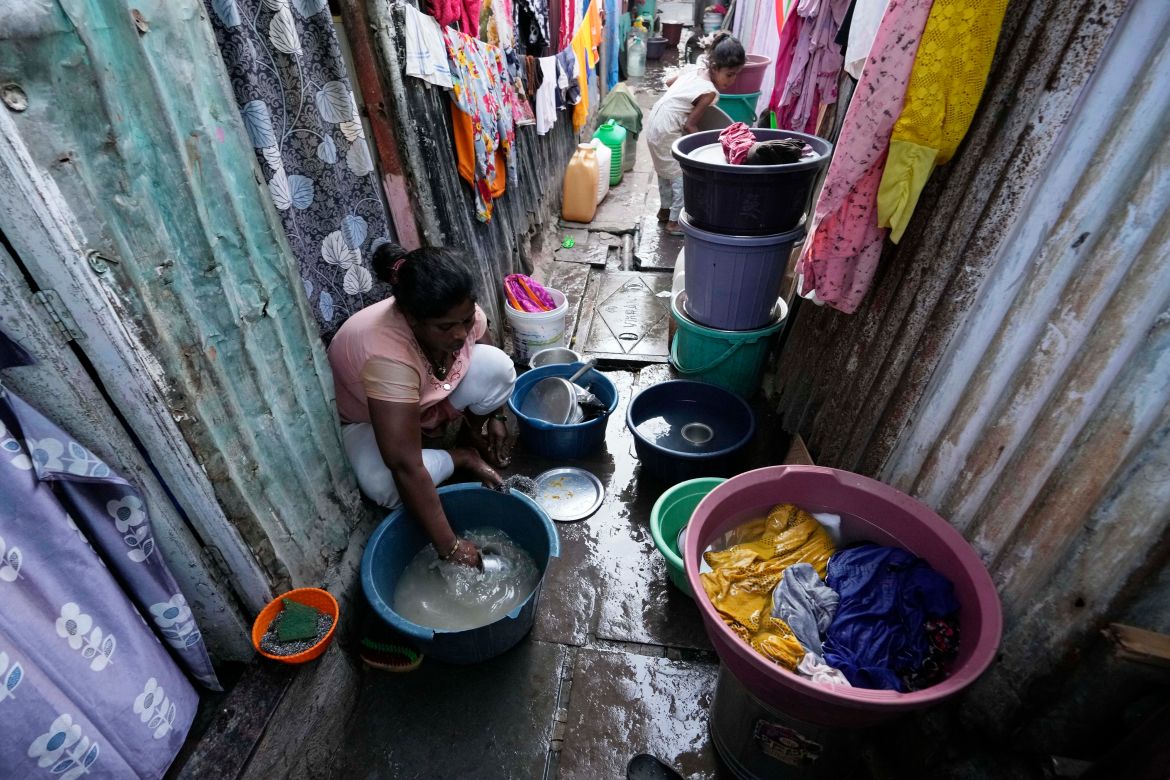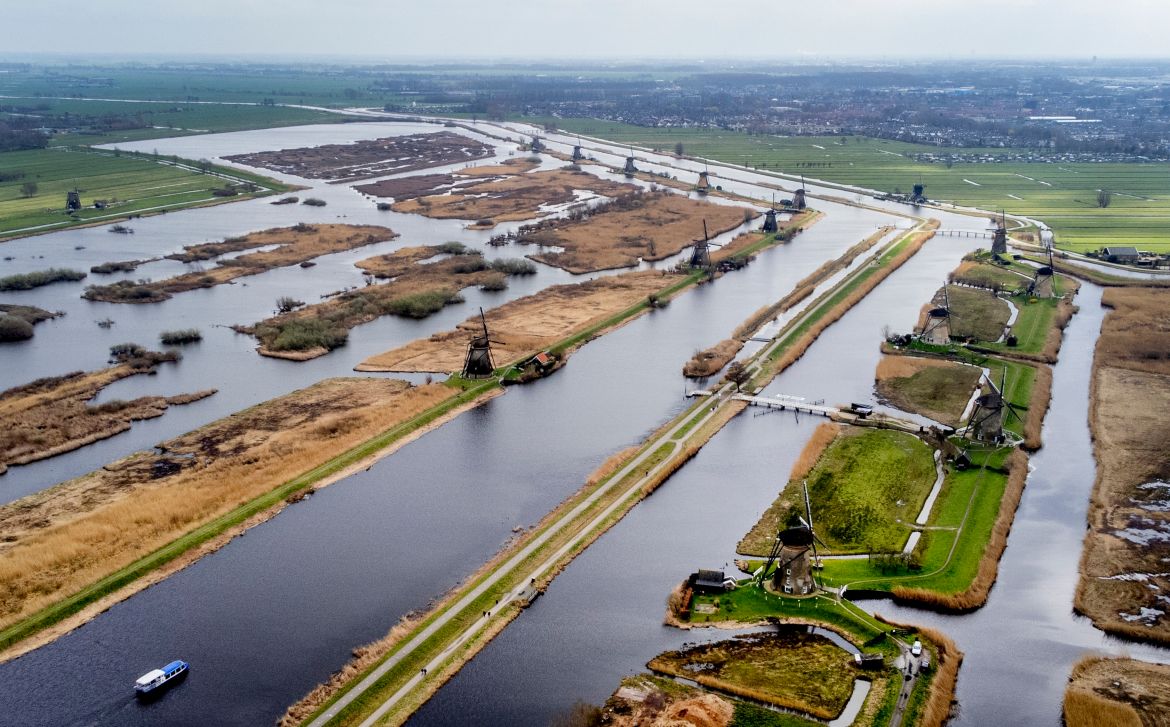In Pictures
Photos: World’s water in focus after year of droughts and floods
Climate change, pollution and waste have compounded water concerns by squeezing the Earth’s resources.

Water is the lifeblood of every community around the world. But a sustainable, clean supply for drinking, hygiene and farming is not guaranteed for hundreds of millions of people, according to United Nations figures.
From droughts stifling once-reliant sources to destructive downpours and floods, what the world does about its water woes is the central question at the UN’s three-day water conference that began on Wednesday. Coinciding with the 30th anniversary of World Water Day, it is the first dedicated UN conference on water in nearly 50 years.
Climate change, pollution and waste have compounded water concerns by squeezing the Earth’s resources. Some supplies have dwindled from lack of rain, with dry spells often lasting months if not years in some places. Others have had essential supplies contaminated by chemicals or toxins from human activity.
A punishing winter drought in Southern Europe left reservoirs so bare that officials are moving fish for their survival. Kenya’s dry weather and lack of infrastructure mean many people gather water at local hubs to collect enough. Peru’s workers must treat water contaminated by waste from abandoned mines, bacteria and rubbish. Washers rely on India’s Brahmaputra River for cleaning clothes despite threats from seasonal flooding.
Some countries exposed to too much or too little water have already found ways to keep it flowing in the needed amounts. In the Netherlands, where about a third of the country is below sea level, wind pumps prevent regions from being submerged.
A report launched on the eve of the UN conference on water in more than 45 years says 26 percent of the world’s population does not have access to safe drinking water and 46 percent lacks access to basic sanitation.
Delegates attending the conference in New York will agree on an agenda on Friday aimed at advancing towards a goal of having readily available, sustainably managed water and sanitation for everyone across the globe.
